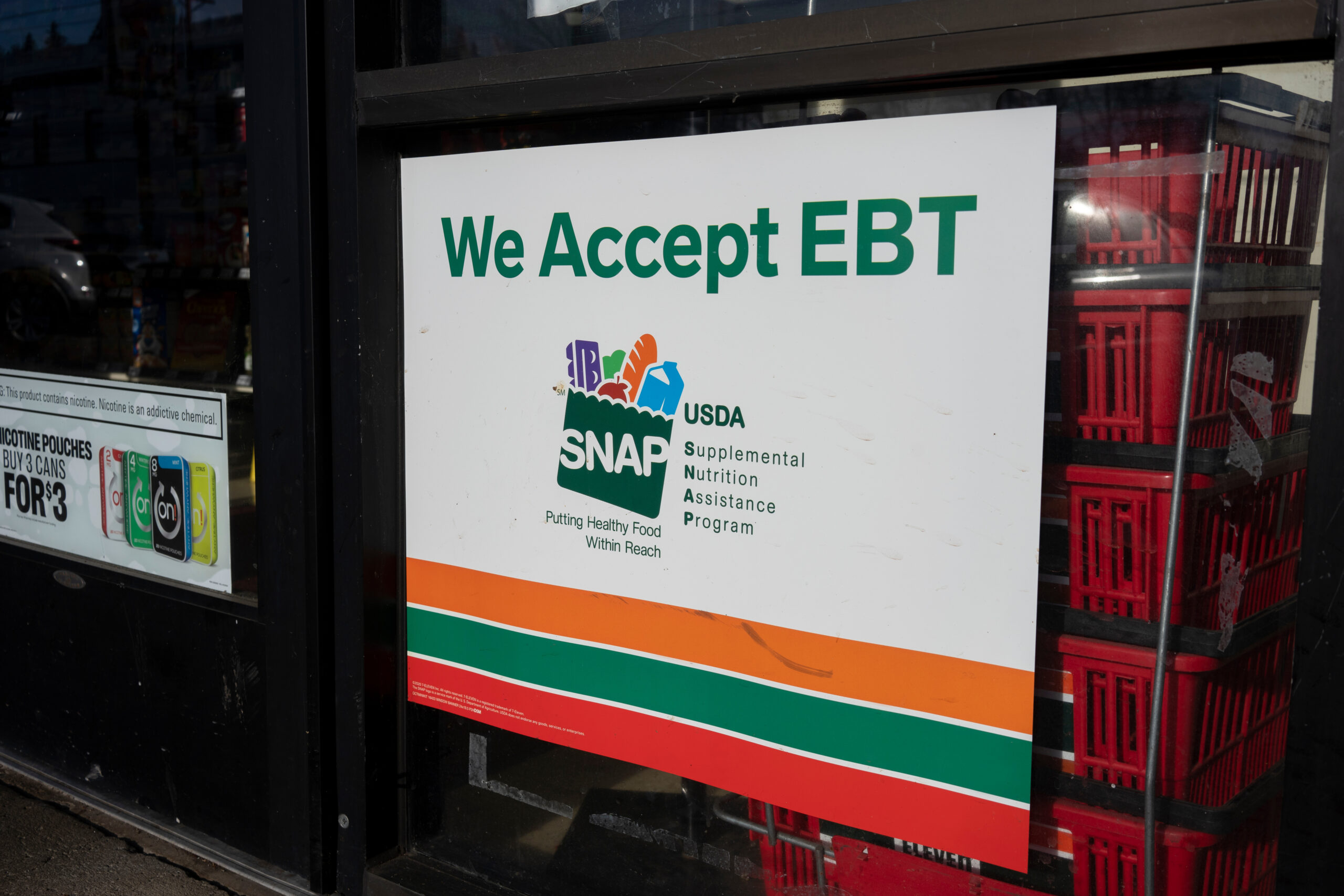Welcome to Our Research Archive
Search and filter by content type, issue area, author, and keyword

July 22, 2025
How Large Would SNAP Be? Simulating the Size of SNAP Based on Changes to the Unemployment Rate
Abstract The Supplemental Nutrition Assistance Program (SNAP) is a means-tested transfer program available to all households that meet the eligibility criteria. Therefore, SNAP is also a countercyclical program, meaning that the size of the program increases during recessionary periods and decreases during expansionary periods. A large literature quantifies the magnitude of the relationship between the…

May 14, 2025
An Evaluation of Cost-Saving Reforms to the Supplemental Nutrition Assistance Program
Abstract Congress is considering ways to reduce spending on the Supplemental Nutrition Assistance Program (SNAP) by $230 billion over 10 years. Reforms will likely include one or more of the following cost-saving elements: reducing the maximum SNAP benefit, reducing deductions, expanding work requirements, and ending broad-based categorical eligibility. I analyze each of these reforms, focusing on the…

March 26, 2024
Economic Characteristics of the Food Insecure
Abstract The United States Department of Agriculture annually measures food insecurity among US householdsto assess whether Americans have access to adequate food. Intuition suggests that food insecurityrates should correlate to household resources, offering policymakers an important metric to guidegovernment assistance efforts. In this report, we examine the effectiveness of the food insecurity ratein identifying financially…

March 12, 2024
Why Did Food Insecurity Increase from 2019 to 2022 in the United States?
Abstract In 2022, the United States witnessed a notable rise in household food insecurity, reversing a decade-long decline. Some observers have argued that the expiration of government relief efforts stemming from the COVID-19 pandemic caused the one-year spike. However, the household food insecurity rate was higher in 2022 than in 2019, the year before the…

January 29, 2024
The Value of a Bachelor’s Degree
Key Points As public confidence in higher education has declined, Americans have become less sanguine about the bachelor’s degree and skeptical of its potential return on investment. Nonetheless, four-year degrees continue to be associated with significant economic and noneconomic benefits for individuals and communities. For those who want to attend college, have adequate financing options, and can finish their degrees, the benefits of…

January 12, 2024
Small-Dollar Demonstration Projects Can’t Hide That a National Guaranteed Income Program Would Cost Trillions
Abstract While some have declared that short-term guaranteed income demonstrations (patterned on universal basic income schemes) are working almost universally, such cheerleading misses a major drawback: the enormous costs that would arise if such programs operated at a national level, as proponents intend. This report reviews the costs of some recent proposals to operate such…

October 12, 2023
Blue-State Benefits: How Federal Grants Fail to Consider Population Shift
Abstract The federal government annually awards hundreds of billions of dollars in grants to states. In this report, I examine funding for the largest federal grant programs for 2020–22, focusing on grants-in-aid that do not fully adjust for population change. For states losing population, I calculate “avoided reductions,” the difference between the grants a state…

June 22, 2023
The Cost of Thriving Has Fallen: Correcting and Rejecting the American Compass Cost-of-Thriving Index
AbstractThe Cost-of-Thriving Index (COTI), developed by American Compass Executive Director Oren Cass, asks whether families can afford a middle-class lifestyle. It compares the costs of five goods and services to the income of a typical full-time male earner. Cass concludes that the cost of thriving has increased dramatically, from 40 weeks of work in 1985…

May 1, 2023
Promoting Mobility Through SNAP: Toward Better Health and Employment Outcomes
Abstract The Supplemental Nutrition Assistance Program (SNAP) is among the nation’s largest safety-net programs, helping low-income households afford food, improve nutrition, and support employment. As program expenditures continue to grow, assessing SNAP from the perspective of employment and health outcomes is crucial. We analyze administrative and survey data to document trends in employment and health…